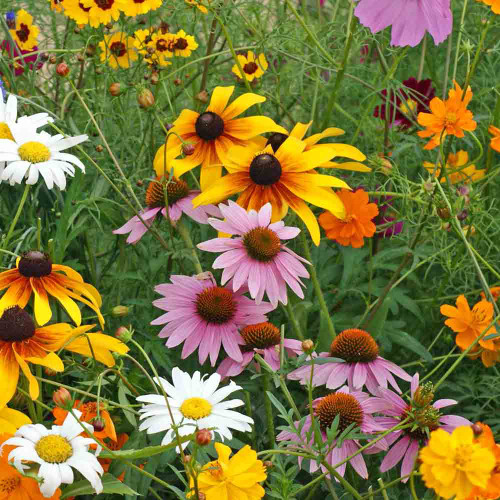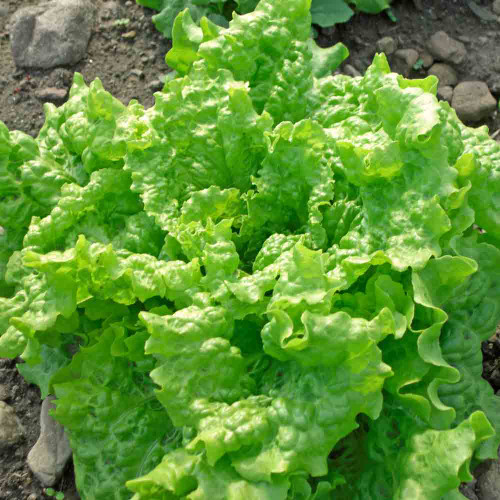Description
German Chamomile
The tiny daisy-like flowers have a strong, aromatic apple scent and bloom early to mid-summer. They have collars of white drooping petals circling raised, cone-shaped, hollow yellow centers and are less than an inch wide, growing on long, thin, light green stems up to 3’ tall. The essential oil derived from the yellow and white flowers of this plant is blue due to very high levels of chamazulene, an anti-inflammatory and anti-histamine natural compound.
The foliage is finely delicate and fern-like with stems that branch out, with each stem bearing flowers and foliage. Native to Europe and Asia, and is grown for commercial use in Hungary, Egypt, France, and Eastern Europe.
It is traditionally used to calm and support the nervous system and as an aid in good digestion. All parts of the plant are edible and tasty in salads, especially when young.
German chamomile is an annual which can self-sow profusely. Also known as wild chamomile, Hungarian chamomile, pineapple weed, and scented mayweed.
History
The use of chamomile dates back thousands of years to the ancient Egyptians, Romans, and Greeks. It is native to Europe, north Africa, and some parts of Asia.
Uses
German chamomile is best used for pain, inflammation, swelling, redness, itching, rheumatism, arthritis, as it is rich in sesquiterpenes, widely known for pain relief and anti-inflammatory properties.
Roman chamomile is best used for calming as a sedative, for muscle spasms or tight muscles, or digestion, as it is rich in esters researched as being calming to the central nervous system and relaxing to muscles.
The two chamomile plants are in the same family and have similar flowers and leaves but are used in very different ways. Both are used medicinally, are listed as safe herbs, are naturally antiseptic, insect repellents, and are anti-spasmodic, anti-inflammatory, anti-fungal, and anti-bacterial.
Interestingly enough, both deter garden pests while attracting pollinators, making them excellent companion plants in the garden.
Companion planting
Use chamomile in companion planting to take advantage of its natural anti-bacterial and anti-fungal properties can help plants resist fungus, mildew, mold, blight and other common plant issues. Chamomile improves the growth and flavor of many of our garden vegetables like cabbage, onions, beans, cucumbers, broccoli, kale, brussels sprouts, cauliflower, kohlrabi, tomatoes, and potatoes. Flowers also benefit, such as bee balm, phlox, roses, lilacs, zinnias, petunias, and snapdragons.
Beneficial insects and friendly pollinators are attracted to chamomile while helping to rid your garden of pests and improve pollination. Poor soil is no problem for chamomile, so plant it generously in, around, and near your garden.
Growing Tip
Roman Chamomile is a perennial. German Chamomile is an annual.
From the soil to the seed to the food you eat - we'll help you grow your best garden!















